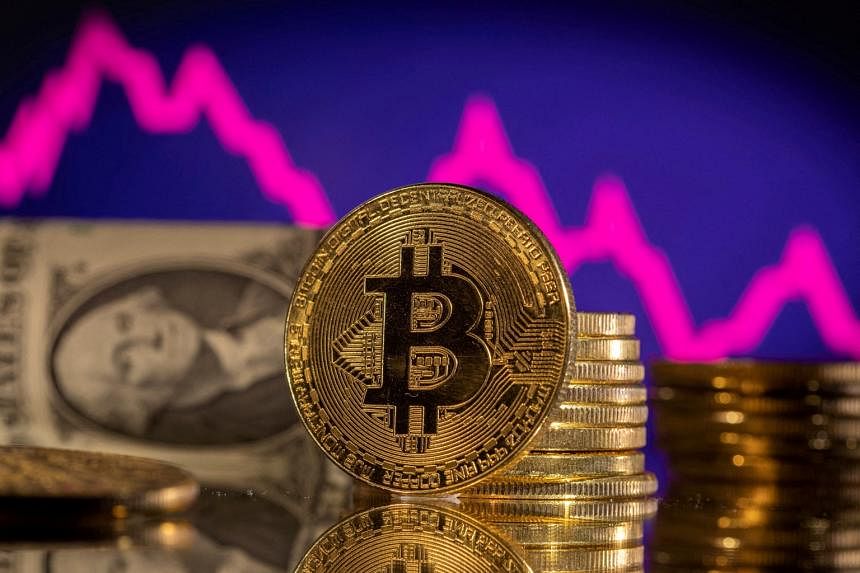The crypto markets haven’t been doing well lately. Weakness has been the trend for bitcoin and Ethereum, two of the defining assets of the cryptosphere. Even when the price managed to show signs of strength, it underwent quick corrections that erased the gains.

Bitcoin, in particular, seems unable to transcend the $21,000 price area. It has been hovering near it for weeks. Ethereum is a different story, and its Merge drama first caused investors to head for the exit and then pile back into the asset.
First, a steep plunge triggered liquidations on derivatives trades. As the price dropped to $1,600, however, investor interest reappeared, and together with the buyers, strength returned to the price action.
What’s Going on Behind the Scenes?
Pinpointing the causes of crypto price swings is never easy. Behind the latest see-sawing in the price of ETH are a plethora of factors that are probably too many to count and consider.
Some analysts think, however, that the Fed’s more hawkish recent monetary policies and a major ETH sell-off by Jump Capital, one of the major holders of the asset, contributed to the plunge.
The Federal Reserve has taken an increasingly aggressive approach toward inflation. To rein it in, the Fed has been hiking interest rates, boosting the greenback against other major fiat currencies.
As USD yields continue to drift higher, more and more money tends to flow into the greenback at the expense of riskier assets such as equities and high-risk assets such as bitcoin and other cryptocurrencies.
Traders expect Fed Reserve Chairman Jerome Powel to reiterate the policies of the central bank concerning inflation and interest rate hikes. If the 75 basis points per month hike rate persists, we will likely see more long-term weakness in the crypto markets.
Other reasons why a crypto rally is not likely soon are:
- Against a backdrop of soaring energy prices, inflation in Germany and the Eurozone has taken off.
- The US Treasury bond yield is around 3%. With such a relatively attractive yield, Treasury bonds are likely to draw investor money away from high-risk assets like cryptocurrencies.
Do Central Bankers Know What They’re Doing?
What the Federal Reserve is doing through its announcements and the speeches of its chairman is market manipulation. The Fed is telling markets the market-shaping decisions it will make in the future to give them a heads-up and allow them to price in the said decisions ahead of time.
Will these decisions yield the expected results, however? No one knows. Since it is peddling self-fulfilling prophecies, the Fed can afford to send positive signals during uncertain times to support the markets and the economy.
How have the Fed’s inflation-taming efforts panned out so far?
Although the USD has gained apparent strength against other fiat currencies, inflation is still at 8.5%. Given that the Fed aims for 2%, it is safe to say that thus far, it’s failed. The equity markets don’t care about such details, however. They act like the recession is behind us, although we may only be witnessing its opening acts.
By zooming in and granting month-by-month inflation data too much importance, economic actors blind themselves to the bigger picture. From June to July, inflation was 0%. That surely means the Fed’s moves are working, right?
Just because it hasn’t gone from bad to worse doesn’t mean inflation is no longer a concern. Short-term Treasury bond yields exceeding long-term yields point to the possibility of a recession. Despite that, the equity markets are heading the wrong way with crypto in tow.
Ethereum’s Merge Drama
Whales in the crypto world still wield a disproportionate amount of direct influence over asset prices. And whale power was on full display over the weekend when an ETH sell-off by Jump Capital contributed to the sudden plunge the second biggest cryptocurrency experienced.
The dump happened ahead of the Merge, prompting speculations of massive profit-taking by the big ETH holders.
Some assume that the markets have already priced in the Merge. Others are unsure about its coming impact on the price of ETH.
One factor adding to the uncertainty is the possibility that Ethereum miners may decide to support a proof-of-work fork of the asset. Other concerns about the Merge include:
- Further delays that may affect the credibility of the PoS transition
- An unsuccessful transition
- A growing number of PoW competitors.
Ethereum will transition to its PoS version when the network reaches a Total Terminal Difficulty. Right now, pundits estimate that Ethereum will reach TTD around September 15. Whether the markets have fully priced in the Merge is questionable. It is impossible to predict the impact the Merge will have over time. One of its effects is that from an inflationary asset, it will make ETH deflationary, with a negative issuance rate, much like bitcoin.
